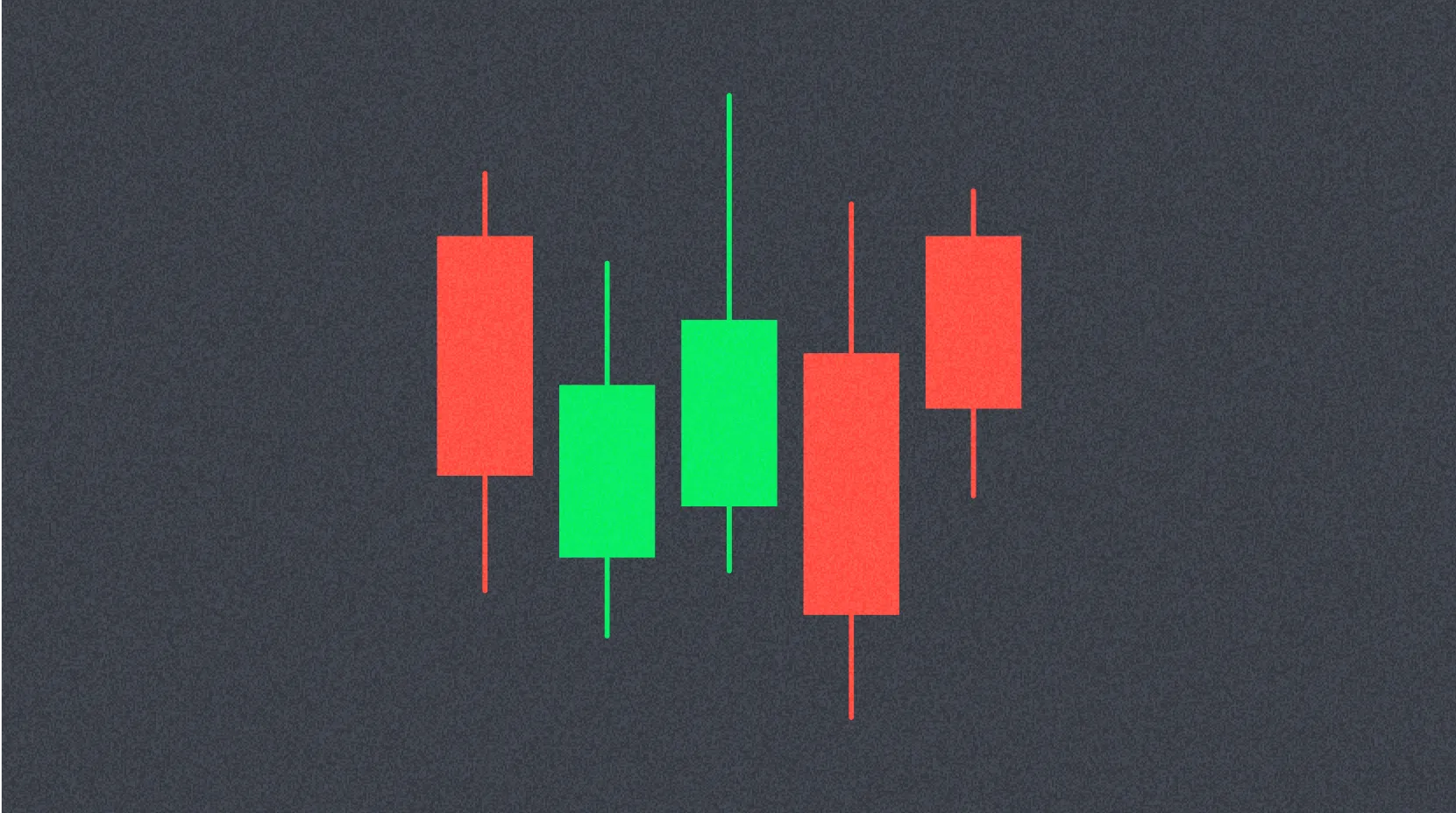Fiat Currency Definition

Fiat currency refers to a form of money that has no intrinsic value and is established as legal tender by government decree, deriving its value primarily from the trust users place in the issuing institution (typically a central bank) and the backing of government legal enforcement. Unlike commodity money (such as gold or silver), fiat currency is not backed by any physical asset but is purely based on the credit and economic strength of the issuing country. Major fiat currencies include the US Dollar, Euro, Japanese Yen, and Chinese Yuan. Fiat money occupies a central position in modern financial systems, serving as the foundation for daily economic transactions, tax collection, and international trade.
Before the rise of cryptocurrencies, fiat currencies dominated the global financial system. The modern fiat currency system was formally established in 1971 when the US government abandoned the gold standard. The stability of fiat currency value depends primarily on central banks maintaining it through monetary policy tools such as interest rate adjustments, market operations, and management of foreign exchange reserves. This centralized management mechanism enables governments to respond to economic fluctuations, but also grants nations absolute control over money supply – precisely the system that cryptocurrencies like Bitcoin aim to challenge.
Fiat currencies have profound impacts on global financial markets. First, as symbols of economic sovereignty, major reserve currencies (like the US Dollar) wield significant geopolitical influence. Second, the supply of fiat currency directly affects a nation's economic conditions, with excessive printing potentially leading to inflation while monetary contraction may trigger recession. In the cryptocurrency space, fiat currencies often serve as entry and exit points, with investors purchasing crypto assets using fiat and eventually converting investment returns back to fiat. Additionally, innovations like stablecoins attempt to combine the relative stability of fiat currencies with the efficiency of blockchain technology.
Despite their dominance in the global economy, fiat currencies have inherent risks and challenges that cannot be ignored. First, inflation risk stands as one of the most significant weaknesses of fiat money, particularly during economic crises or political instability when governments might increase money supply to address fiscal problems, leading to currency devaluation. Second, centralized control means citizens' wealth is vulnerable to government policy decisions, including potential capital controls, taxation, or asset freezing. Third, fiat currencies in cross-border transfers often face high fees, delayed settlements, and cumbersome compliance procedures. Finally, traditional banking systems exclude approximately 1.7 billion adults globally who lack bank accounts, limiting their ability to participate in economic activities.
Looking ahead, the fiat ecosystem is undergoing significant transformation. First, the development of Central Bank Digital Currencies (CBDCs) represents fiat's transition into the digital age, with projects like China's Digital Yuan and Sweden's e-Krona actively progressing. Second, open banking and fintech innovations are changing the relationship between traditional banks and consumers, enhancing the convenience and inclusivity of fiat usage. Third, models of coexistence between cryptocurrencies and fiat are forming, with some countries beginning to adopt crypto assets like Bitcoin as supplements to legal tender. Finally, as global economic uncertainty increases, we may see a more diverse monetary system where fiat, digital currencies, and commodity-backed currencies coexist.
As the infrastructure of modern economies, fiat currencies will maintain their dominant position for the foreseeable future. However, as technology advances and social needs change, the fiat system continues to adapt and evolve. The development of CBDCs indicates that traditional monetary authorities have recognized the necessity of digital transformation. Meanwhile, the rise of cryptocurrencies has prompted people to rethink the nature of money and its sources of value. Regardless of how the monetary system develops in the future, the integration of fiat currencies with innovative financial technologies will continue to shape the global economic landscape, laying the foundation for a more efficient and inclusive financial system.
Share
Related Articles

Gate Research: 2024 Cryptocurrency Market Review and 2025 Trend Forecast

Detailed Analysis of the FIT21 "Financial Innovation and Technology for the 21st Century Act"
